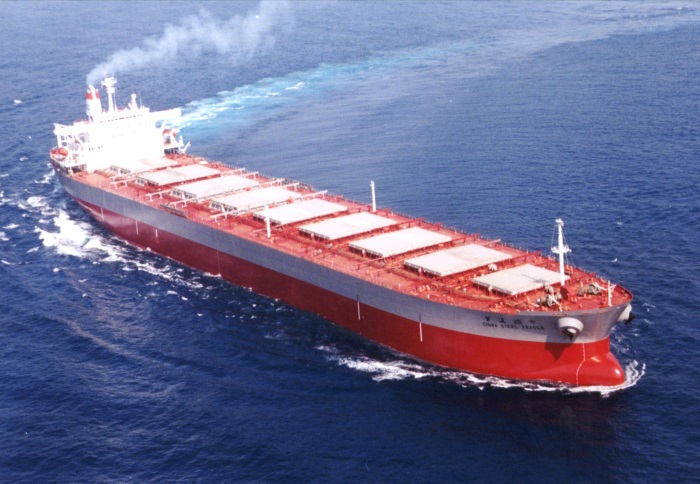The tightening transit restrictions through the Panama Canal are predominantly impacting the southbound trade in the region, nudging a shift in trade routes for the USG-China trade. Drewry estimates a rise of 5-6% in freight rates due to the diversion of soybean trade from the Panama Canal to the Suez Canal, with the rise in tonne miles boosting the demand for dry bulk vessels.
Panama received 41% less rainfall than usual in October 2023, leading to the driest October in 70 years when the data was first recorded. The dry spell can particularly be attributed to the El Nino phenomenon, taking the water level in the Gatun Lake to
unprecedented lows for the first time this year.
As a result, transit restrictions have been tightened from 1 November 2023. While the average transits through the canal will be reduced to 31 vessels per day, the number of available slots for reservation will be reduced every week.
As dry bulk transits comprise 23% of the total canal transits, the highest among all other sectors, the continual impact on the sector is inevitable. While the congestion remained elevated YoY in July-September, the average waiting time in October dropped below last year’s level.
More vessels have been shifting trade lanes to avoid transiting the canal which reduced the daily arrivals in October YoY.
As we had stated in our previous opinion piece on the Panama Canal drought ‘Congestion in Panama to support charter market’, heightened restrictions have impacted the southbound trade in the region, particularly that of grain and soybean. Substantial southbound trade has shifted towards the Suez Canal, thereby adding to the tonne-mile demand. Although soybean exports from the US have been modest this season due to a weak harvest, the added tonne miles of US exports to China through the Suez Canal have been supporting the shipping demand.
Drewry estimates a rise in freight rates in the range of 5-6% due to the diversion from the Panama Canal to the Suez Canal for the USG-China trade. The shift in trade routes led to a rise in arrivals at the Suez Canal in October, particularly of the Supramax and Panamax vessels. However, congestion has not been impacted much as the waiting time edged up from 0.6 days per week to 0.7 days per week on average.
Drewry expects the uptick in freight rates to persist owing to the longer route. However, the upswing will be capped. The US soybean exports, which usually dominate the fourth quarter, will remain weak this year due to a lower harvest, while the soybean trade on the Brazil-China route will take centre stage in 4Q23.
Brazil’s record soybean harvest along with China’s buoyant demand has led to a surge in trade in January-September, surpassing the trade volume in 2022. The elevated production will extend Brazil’s soybean export season this year, leading to flourishing trade on the Brazil-China route, and supporting the Panamax demand.
Source: Hellenic Shipping News





